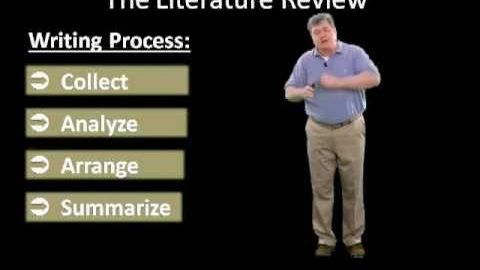文献レビューの書き方(後編):大学院生のためのステップ・バイ・ステップ・チュートリアル (Writing the Literature Review (Part Two): Step-by-Step Tutorial for Graduate Students)
chang111444my が 2024 年 10 月 10 日 に投稿  この条件に一致する単語はありません
この条件に一致する単語はありませんUS /ˈrɛləvənt/
・
UK /ˈreləvənt/
US /ˈprɑsˌɛs, ˈproˌsɛs/
・
UK /prə'ses/
- v.t.(コンピュータの)データを処理する;処理する;処理する;一連の工程を経る;加工する : 加工処理する;理解する
- n. (c./u.)手続き;一連の行為;方法;訴訟手続き;プロセス (コンピューター)
- v.t./i.出場する;計算する;思う;思う
- n.姿 : 体形;数字;人物像;図表;著名人;姿の輪郭;数字
US /ˈprɛznt/
・
UK /'preznt/
- adj.出席している;現在
- n.プレゼント;現在時制;現在;贈り物
- v.t.紹介する;司会をする;発表する;提示する;(賞を)贈呈する
- v.i.現れる
エネルギーを使用
すべての単語を解除
発音・解説・フィルター機能を解除
